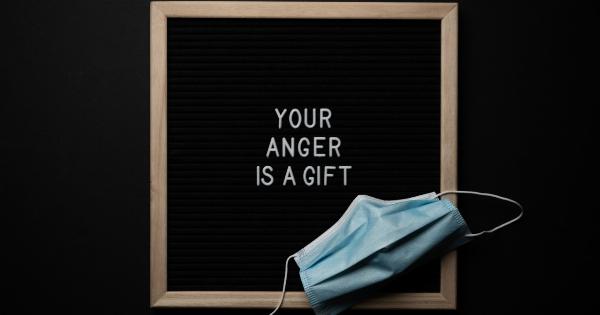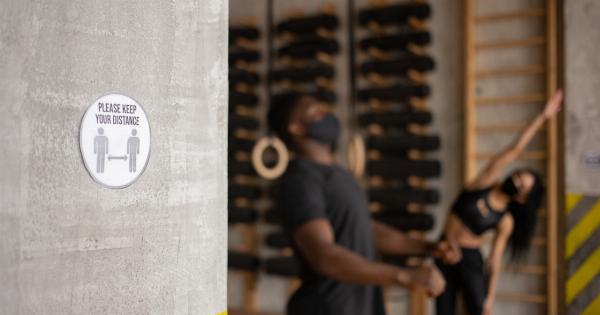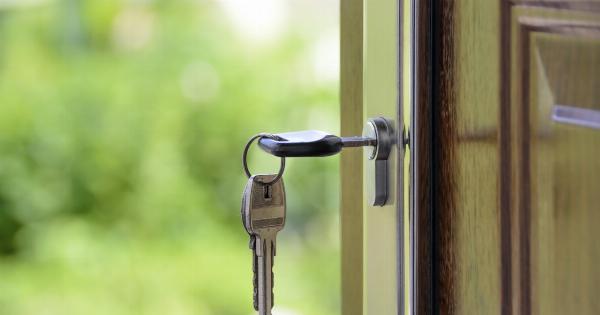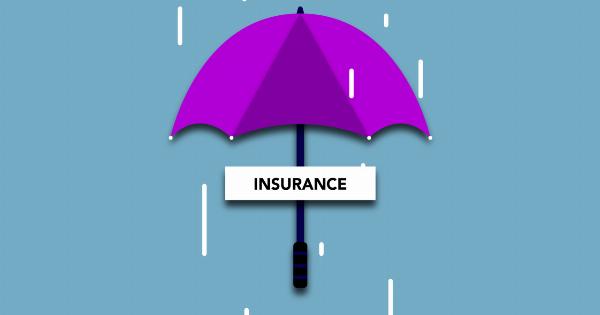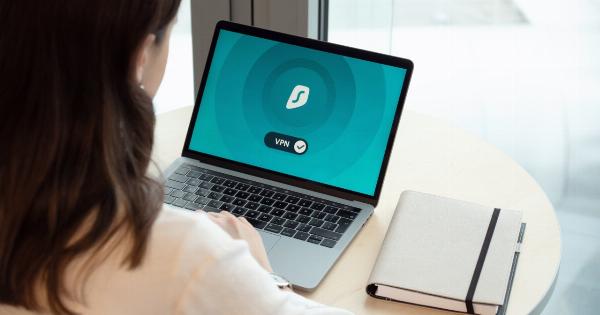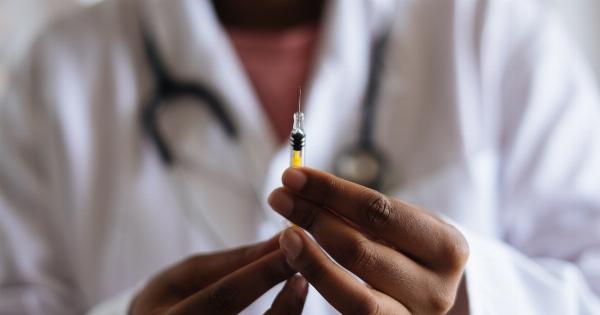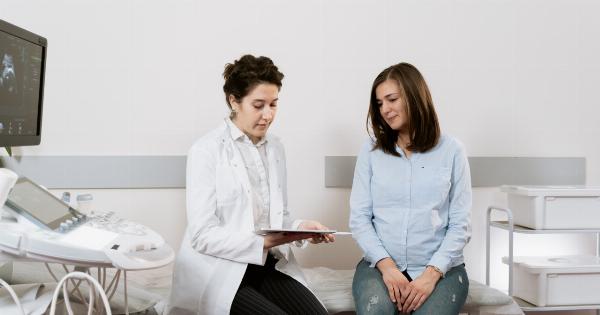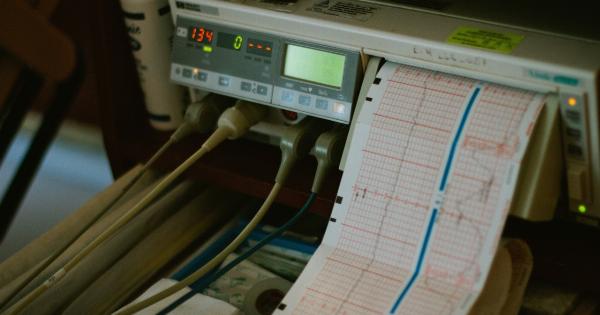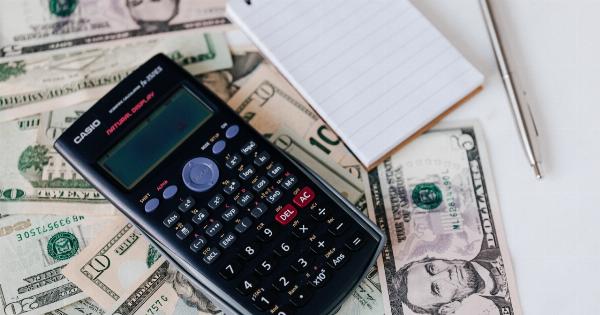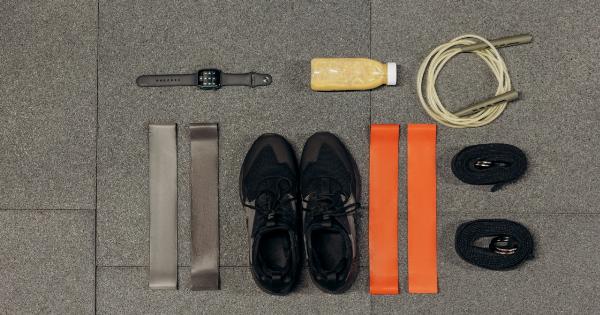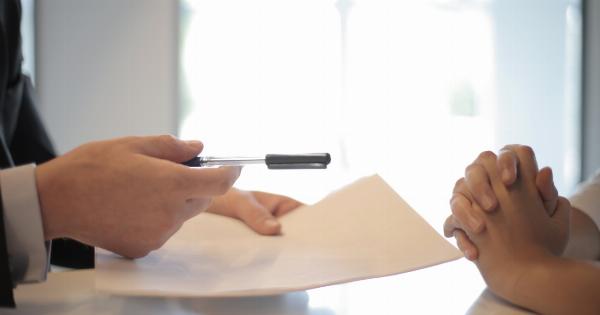Saving money has always been a wise move especially when it comes to emergencies such as unexpected job loss, health issues, or other unforeseen events. However, where you store your savings can be just as important as the amount you save.
In this article, we will discuss the different options for saving and how to ensure the security of your savings.
Types of Savings Accounts
Before we delve into the security measures you can take, let’s first consider the various types of savings accounts available. Here are a few of the most common:.
1. Basic Savings Account
A basic savings account is a simple account that offers low interest rates but also low fees. This type of account is great for people who don’t need to access their funds frequently and are looking for a safe place to stash their savings.
2. High-Yield Savings Account
A high-yield savings account, on the other hand, offers higher interest rates than a basic savings account. However, these accounts often require a higher minimum balance and may have more fees than a basic savings account.
3. Money Market Account
A money market account is similar to a savings account but usually comes with a higher minimum balance requirement.
These accounts generally offer higher interest rates than basic savings accounts, but the interest rates may vary based on the balance in the account.
4. Certificates of Deposit
Certificates of deposit (CDs) are accounts that require you to deposit a specific amount of money for a set period of time. In exchange for this agreement, the account will offer a higher interest rate than a savings account or money market account.
However, withdrawing money from a CD before the end of the term usually results in a penalty.
Security Measures for Saving Money
Once you have chosen the type of savings account you want to open, you need to think about security. Here are some steps you can take to protect your savings:.
1. Choose a Bank or Credit Union Carefully
The first step in securing your savings is to choose a reputable financial institution. Research different banks and credit unions to find one that offers the account type you want and has a good reputation for security.
2. Use FDIC or NCUA-Insured Accounts
The Federal Deposit Insurance Corporation (FDIC) insures deposits at most banks while the National Credit Union Administration (NCUA) insures deposits at credit unions.
This means that if the bank or credit union fails, the government will reimburse you for up to $250,000 of your account balance. Make sure to choose an account that is FDIC or NCUA-insured.
3. Use Strong Passwords and Two-Factor Authentication
Create a strong password for your account and never share it with anyone. You can also use two-factor authentication, which requires a password and an additional factor such as a code sent to your phone, for added security.
This ensures that even if someone has your password, they cannot access your account without the second factor.
4. Monitor Your Account Regularly
Check your account regularly to make sure there are no unauthorized transactions or changes to your account. If you see anything suspicious, contact your bank or credit union immediately.
5. Protect Your Devices
If you access your savings account online or through a mobile app, you need to make sure your devices are secure. Keep your software up to date and use antivirus software to protect against malware.
Avoid accessing your account on public Wi-Fi networks, as these networks are often unsecured and can allow hackers to access your account.
Final Thoughts
Your savings are important, so it’s crucial to take steps to protect them.
Choose a reputable financial institution, use FDIC or NCUA-insured accounts, use strong passwords and two-factor authentication, monitor your account regularly, and protect your devices. These steps will help ensure that your savings are secure for whatever the future may hold.


